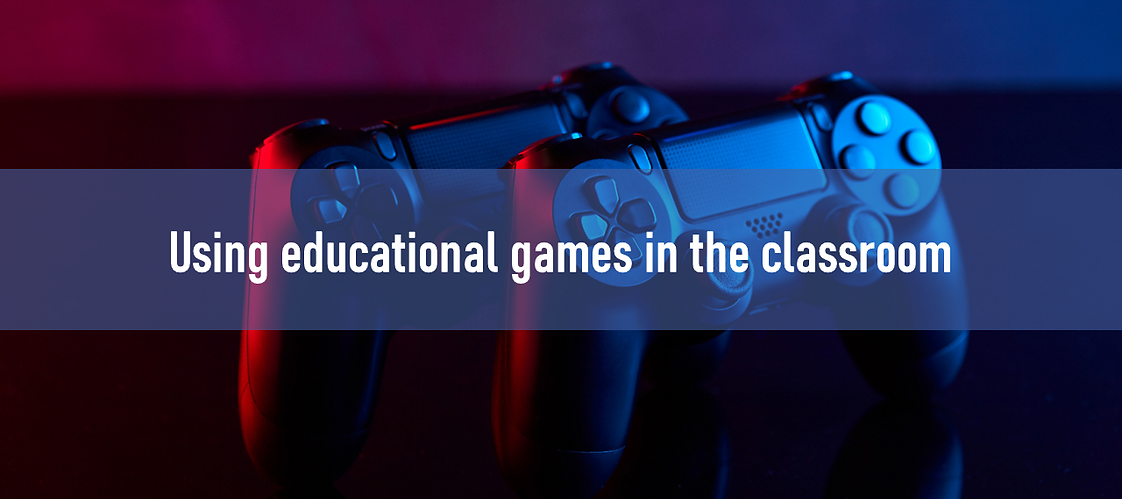
Using educational games in the classroom
16 september 2022
Is there anyone who has never been interested in games? Some like traditional board or school yard games, while others prefer to match their wits on the screen. With games like these, a fun time is for all. What if digital entertainment, so beloved by the youngest generation, was implemented during lessons?
The history of video games began in the first half of the 20th century. The first “missile firing” simulation using a radar monitor dates to 1947. A computer version of tic-tac-toe could be played as early as in 1949, with only the size of the machine limiting access to the lucky few. Thirteen years later, Steve Russell together with a group of MIT students wrote the first independent multiplayer game. “SpaceWar!” pitted players against each other in a truly intergalactic contest. The players could become spaceship pilots and take on the enemy fleet. Advances in technology brought new kinds of games and devices to keep us entertained both in and out of doors.
Games as an educational tool
Most parents, carers or teachers continue to associate games with young people addicted to such entertainment. Actually, the percentage of players who struggle with addiction is minor, and following good habits (limited time, choosing a suitable type of game, talking with a child etc.) means that gaming can be recognised as a safe and greatly beneficial form of passing time.
Meeting the expectations and challenges posed by the digital world, for years schools have been implementing activities that make the youngest children familiar with technology. In IT classes, kids learn i.e. the basics of programming using Scratch or GameMaker.
In addition, many educational websites use video games. Schools eagerly seized on Moodle, The Khan Academy or MangaHigh. Using various kinds of platforms, pupils can train their maths skills, learn languages, and revise geography, history or science lessons in a play setting.
Game sessions and game jams
Each teacher may create their own version of a game offering customised, activity-suited entertainment that engages and integrates the class and allows them to memorise the lesson content.
It should also be remembered that the possibility of facing other players is the foundation of all kinds of rivalry.
Just like traditional sports, video games have their own events and competitions. Game jams are especially popular; players compete there (alone or in teams) by writing games based on a specific theme.
Including games in lessons – where to start?
Having teachers and educators in mind, the Polish Association of Producers and Distributors of Entertainment Software (Stowarzyszenie Producentów i Dystrybutorów Oprogramowania Rozrywkowego, SPIDOR) has published guidelines entitled “Using educational games in the classroom: guidelines for successful learning outcomes”. The guidelines are the result of many years of cooperation of the video game industry, ISFE and European Schoolnet, a pan-European network of 34 ministries of education that work together on improving the quality of teaching by training teachers and educators on using games and new technologies.
Everyone interested is encouraged to download free guidelines in the PDF format.


